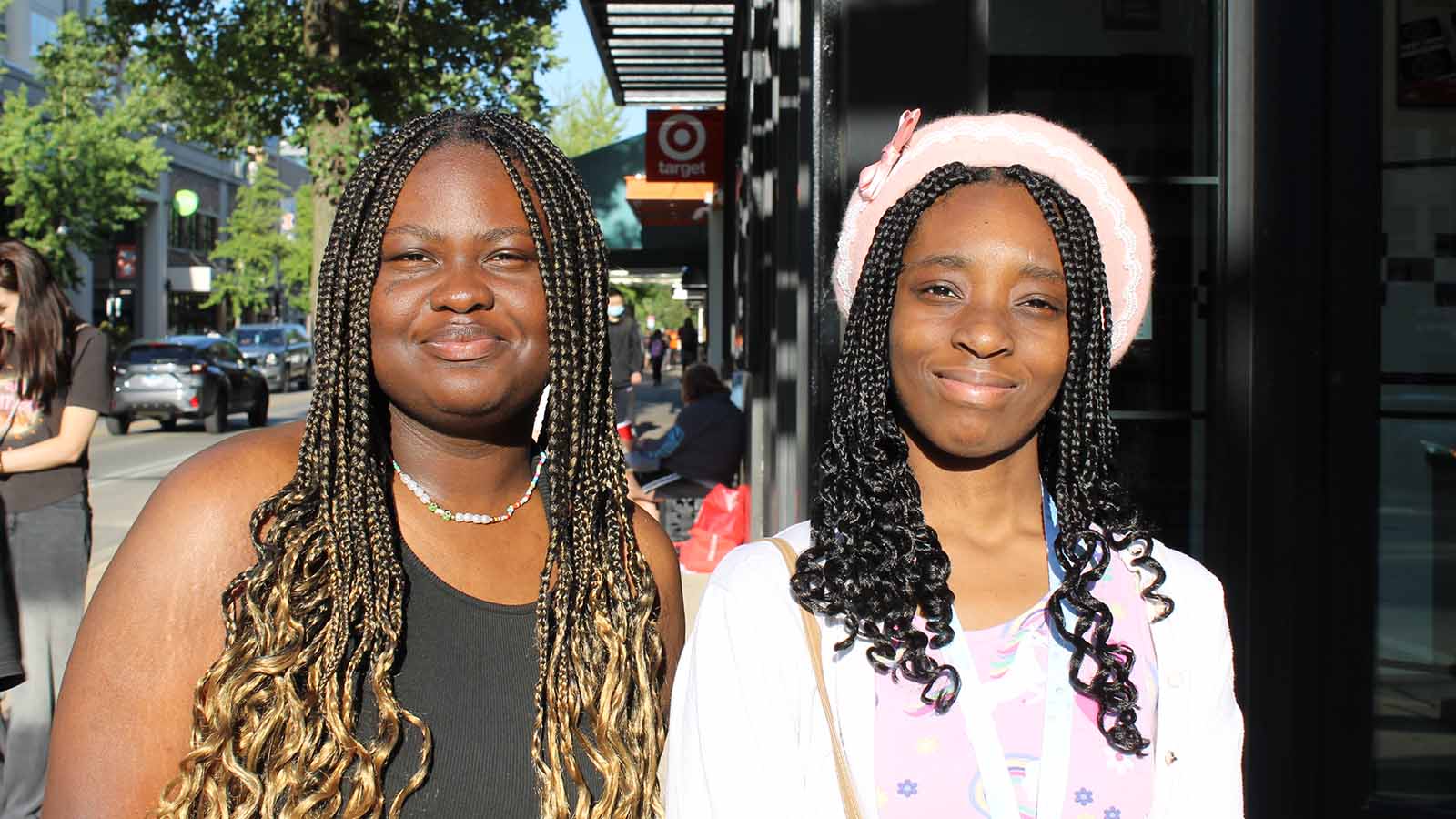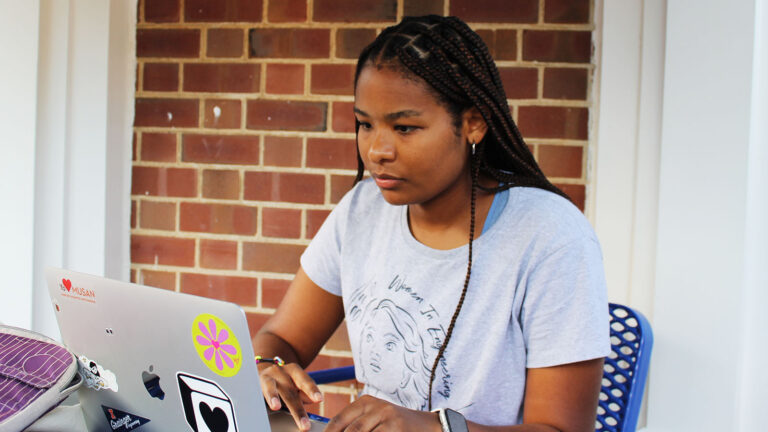CHAMPAIGN – Does a student come from an urban or rural school? Did they have access to college preparatory classes? Did their parents attend college?
These are some of the factors the University of Illinois in Urbana-Champaign will consider instead of race, now that the Supreme Court has banned race-based affirmative action.
“We’ve had a holistic review process that considers all sorts of factors and that [race] has been one of them,” said U of I Urbana campus spokesperson Robin Kaler.
She said that will not be true next year. Instead, the admissions team will look at socioeconomic factors, geography, family education status and more.
“An individual student’s ability to succeed here is not always reflected in just a test score, for example,” Kaler said.
The Supreme Court ruled in June that both public and private universities must use a colorblind admissions process.
The end of race-based affirmative action matters more to selective schools that admit a small percentage of applicants. The University of Illinois admits about 45 percent of applicants overall. Its prestigious computer science program admits 7 percent of applicants.
Last students selected through race-conscious admissions start class

The last class of freshmen where race was factored into admissions is starting classes Monday at the University of Illinois.
Roselyn Adjapong was admitted to the university’s Urbana-Champaign camkpus before the Supreme Court overturned affirmative action.
She’s worried about what colleges will look like next year.
“Especially Black students were barred from coming into these universities,” Adjapong said. “Affirmative action made it so they couldn’t do that anymore. Repealing it just means people can discriminate much more easily, and they won’t be held accountable.”
U of I segregated its student housing up through the 1940s, and only admitted a few Black students until the 1960s. In 1967, about one percent of students were Black.
In California, where affirmative action was banned a quarter century ago, selective state schools have been unable to reach their diversity goals through race-blind admissions.
A recent study by Princeton economist Zachary Bleemer found Black and Hispanic enrollment at selective schools plummeted as applicants shifted to less competitive schools – or decided not to apply. While these students became less likely to graduate with science and engineering degrees and earned lower early-career wages, the white and Asian students that replaced them did not reap equivalent benefits.
Black engineers mobilize to attract new students
Sophia Witola Reyes is a sophomore in bioengineering. As an Afro-Latina student in the engineering school, she is among an even smaller minority than the University of Illinois as a whole.
Last spring, 6 percent of all students on the Urbana campus were Black – including Black multiracial students — and 11 percent were Hispanic, according to the university. In the Grainger College of Engineering, 2 percent were Black and 6 percent were Hispanic.
Witola Reyes saw how crucial that diversity was when she visited Puerto Rico for an engineering class about cultural consciousness. She said it’s not true that engineers only need to be good at math and science.
“A big part of it is being able to talk and communicate well with people of different backgrounds than you,” she said.
As part of the National Society of Black Engineers chapter on campus, she reaches out to high schoolers with resources like scholarships.
“To any prospective seniors or any high schoolers that don’t see themselves represented within the STEM community or any other community, we want you here,” she said. “We’re here.”
Emily Hays is a reporter for Illinois Public Media. Follow her on Twitter@amihatt.

